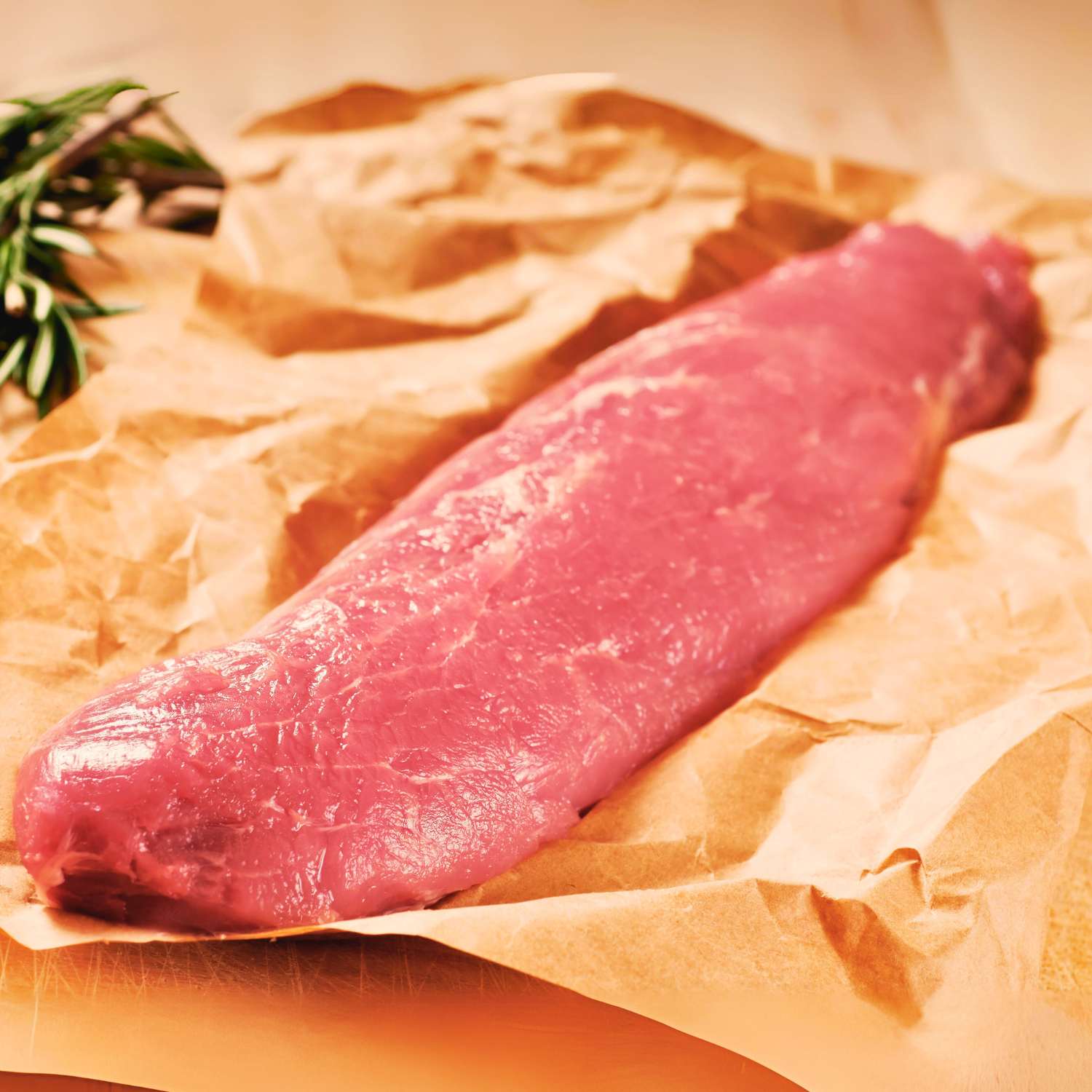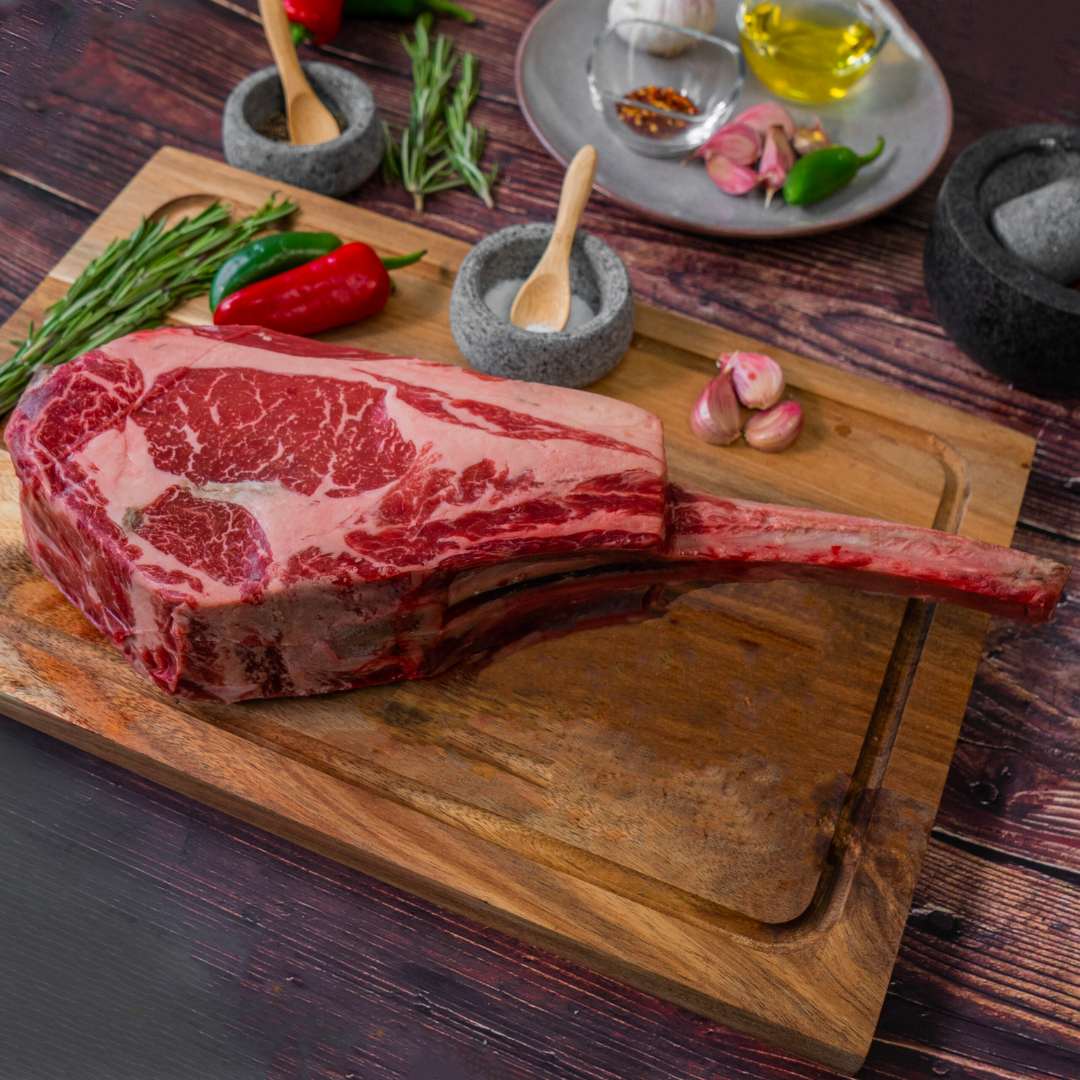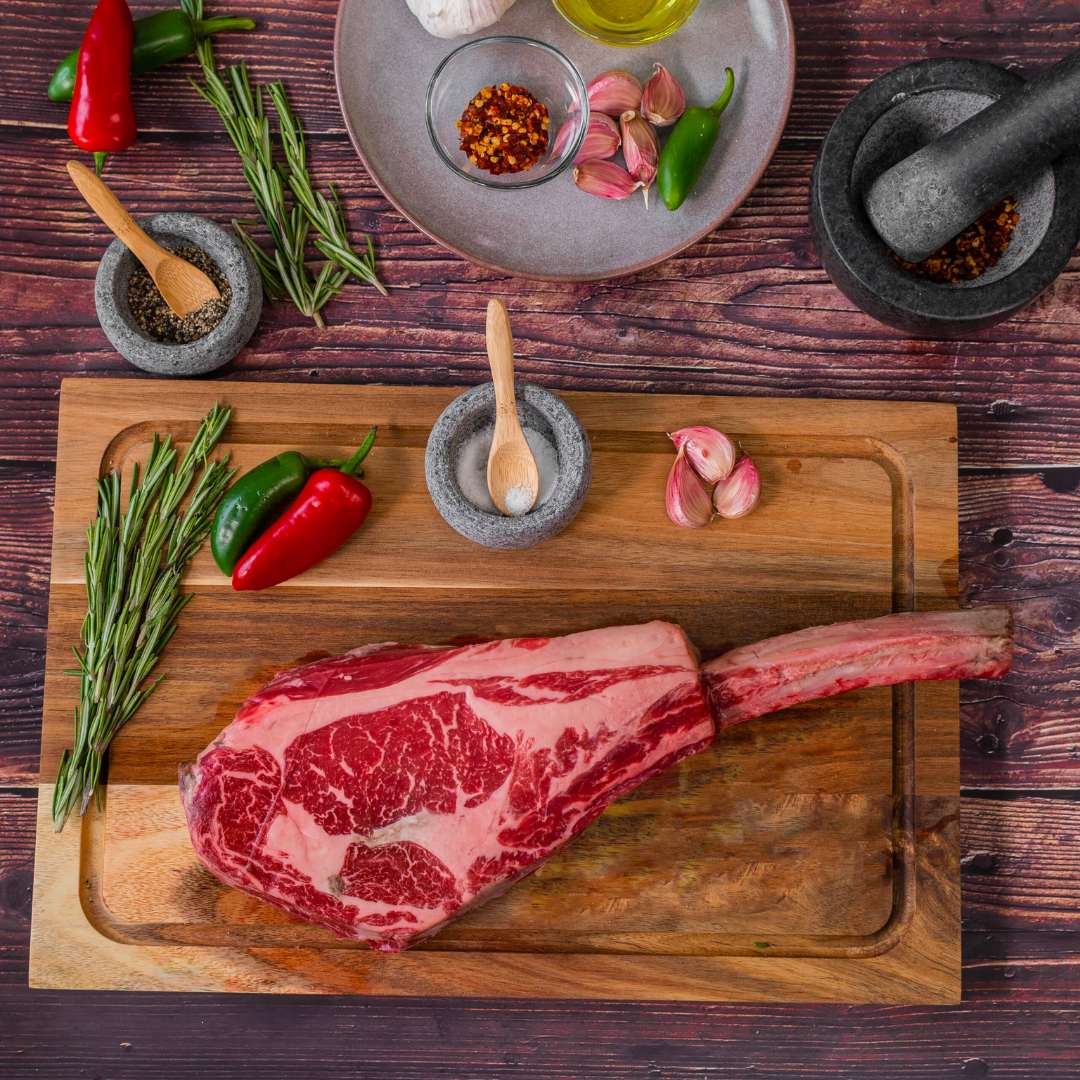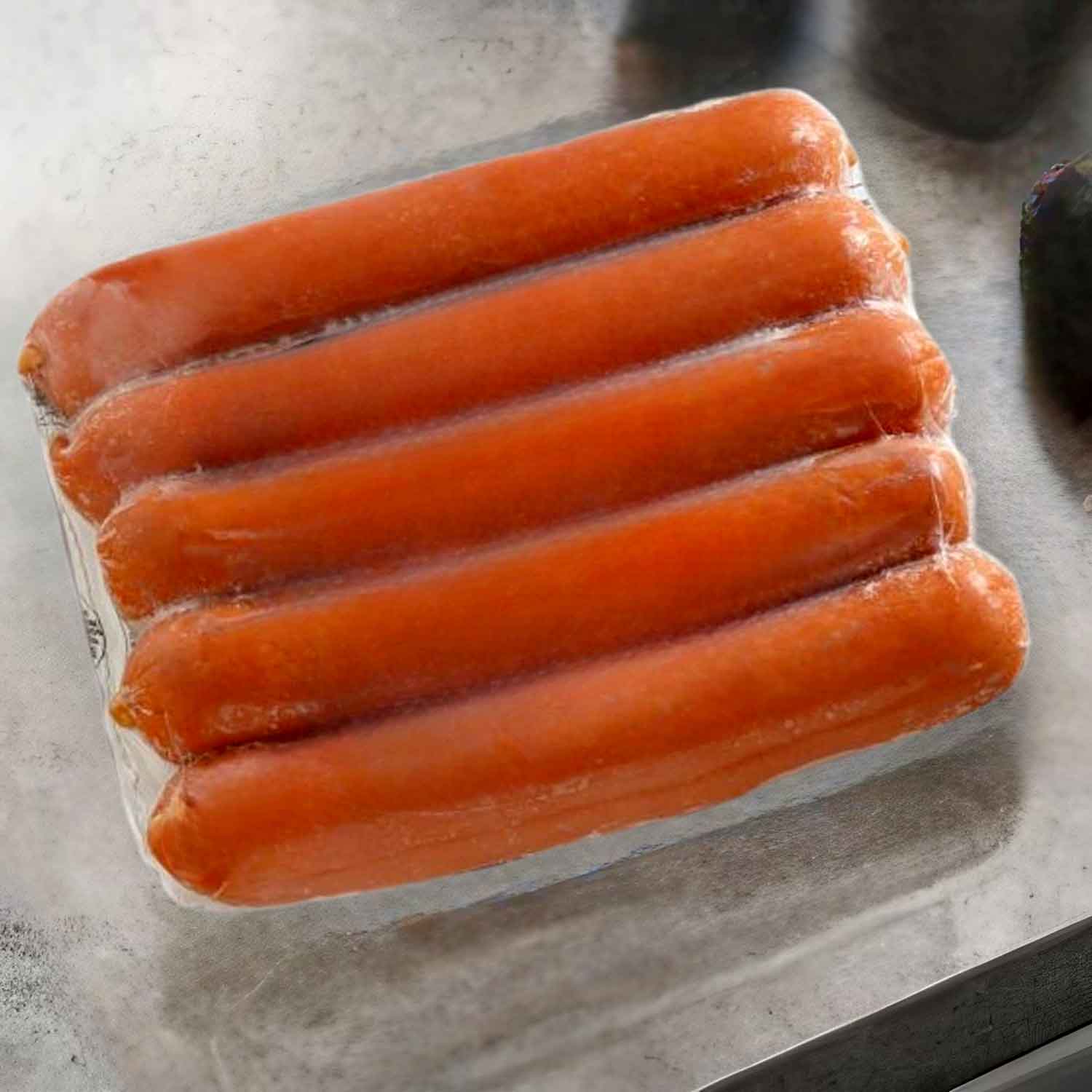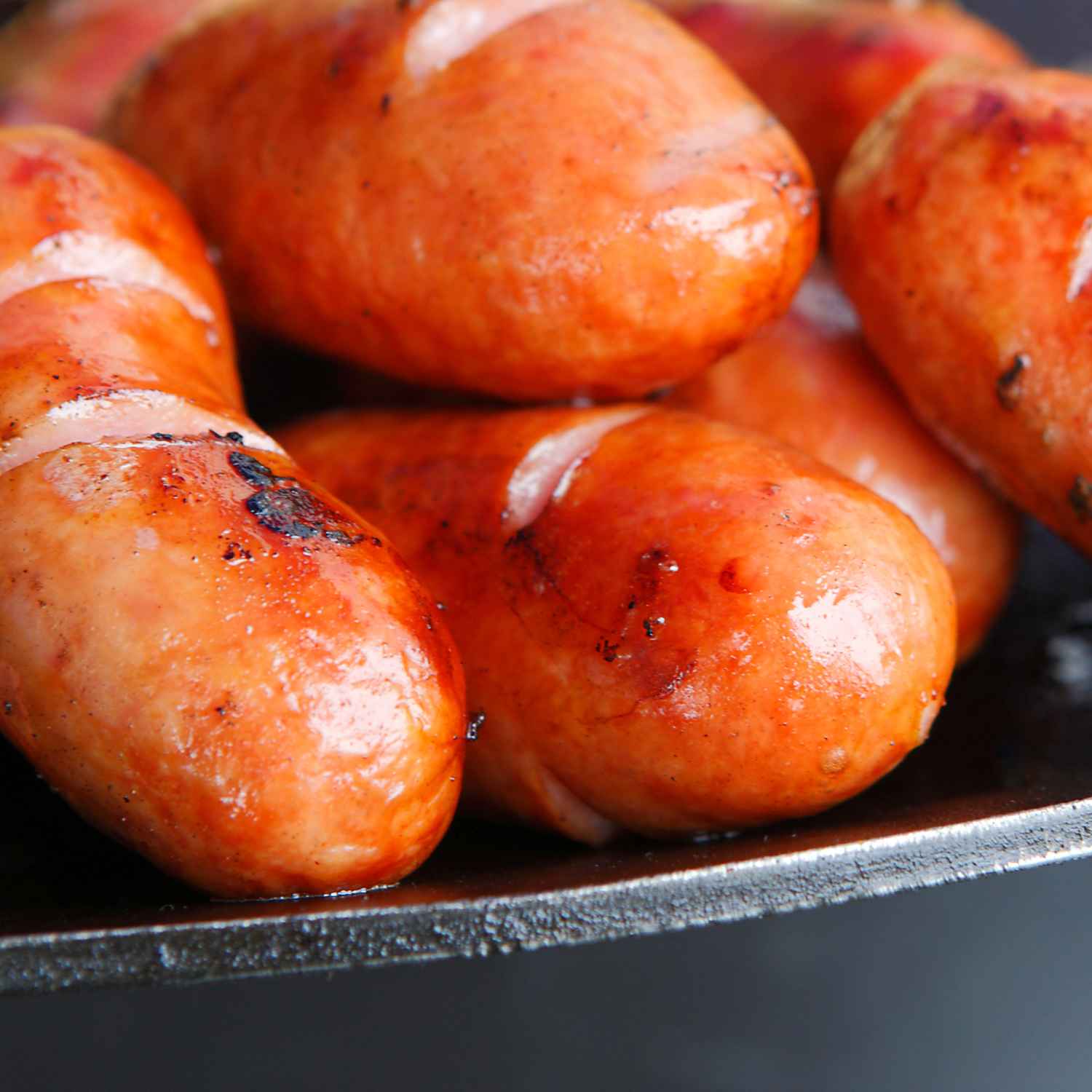Choosing the Right Beef Cuts for the Grill
Understanding Beef Cut Differences
beef comes in many cuts, each with a unique taste and texture. Some cuts are tender and cook quickly. Others are tougher and need slow grilling to be soft. Fat content also varies. Marbled cuts have more fat and are juicier. Lean cuts are less fatty but can dry out if overcooked. The part of the cow where the cut comes from affects the flavor. For example, rib cuts are richer, while loin cuts are milder. Knowing these differences helps in choosing the right cut for your grill.

Best Cuts for Grilling and Why
For the best grilling experience, select the right beef cuts. Tender cuts cook fast and stay juicy. Ribeye steaks have perfect fat for flavor and tenderness. Striploins offer a balance of taste and texture. T-bone and porterhouse cuts include a strip and tenderloin. They are ideal for a feast. For kebabs, choose sirloin. It's lean and keeps its shape when cut into chunks. These cuts ensure a delicious, grill-friendly meal.
Preparing Beef for Grilling
Marination and Seasoning Tips
Marination and seasoning are key for tasty grilled beef. Try these steps:
- Mix spices and oils for a good marinade.
- Coat the beef well and let it soak for hours.
- For quick flavor, use dry rubs right before grilling.
- Salt helps to bring out the beef's natural taste.
- Don't forget pepper for a little heat.
- Herbs add fresh notes to the meat's flavor.
- Always taste your marinade or rub to ensure balance.
- Let seasoned beef sit to absorb the flavors.
Remember, a well-seasoned beef makes the meal!
Pre-Grilling Preparations: Bringing Meat to Room Temperature
Before grilling your beef, don't forget this key step: bring the meat to room temp. This helps it cook evenly. Take it out of the fridge about 20-30 minutes before grilling. Don't let it sit too long or it can spoil. Room temp beef means better texture and juiciness when grilled.
Grilling Techniques and Tips
Managing Heat Levels and Grill Zones
- Start by firing up your grill to preheat. Allow it to reach the ideal temperature.
- Learn about direct and indirect heat zones. Use each zone for different cooking stages.
- For high heat, place beef directly over the flame. This is for searing and locking in juices.
- Move the beef to a lower heat zone to cook through without burning.
- Regulate your grill's lid. Open for a hotter, more direct heat. Close it to trap heat for slow cooking.
- Keep a meat thermometer at hand. Ensure your beef reaches the correct internal temperature.
- Remember to let the grill preheat again after flipping beef or adding new pieces.
Flipping and Resting: Timing it Right
When grilling beef, timing is key. Flip your steaks just once on the grill. This helps get a good sear and keeps the juices in. After flipping, cook to your desired doneness. A meat thermometer is useful for this. When it's done, let your beef rest. This means taking it off the grill and waiting. Resting time should be about 5 to 10 minutes. It lets the juices settle back into the meat. The result is tender, flavorful beef.
Pairing Beef with the Right Alcohol for Enhanced Flavor
Choosing the right alcohol can elevate your beef dish to the next level. Certain spirits and wines have flavors that complement beef's richness. Here are key pairings:
- Red wine with robust tannins, such as Cabernet Sauvignon, enhances red meat's flavor.
- Beer, especially dark ales or stouts, can add a malty sweetness that pairs well with smoky grilled beef.
- Bourbon or whiskey can bring out the meat's bold flavors, especially in marinades or sauces.
- For a refreshing twist, try grilling with a splash of citrusy white wine or sangria. Remember to match the alcohol intensity with the beef's seasoning and marinade to create a harmonious blend of flavors on your grill.












